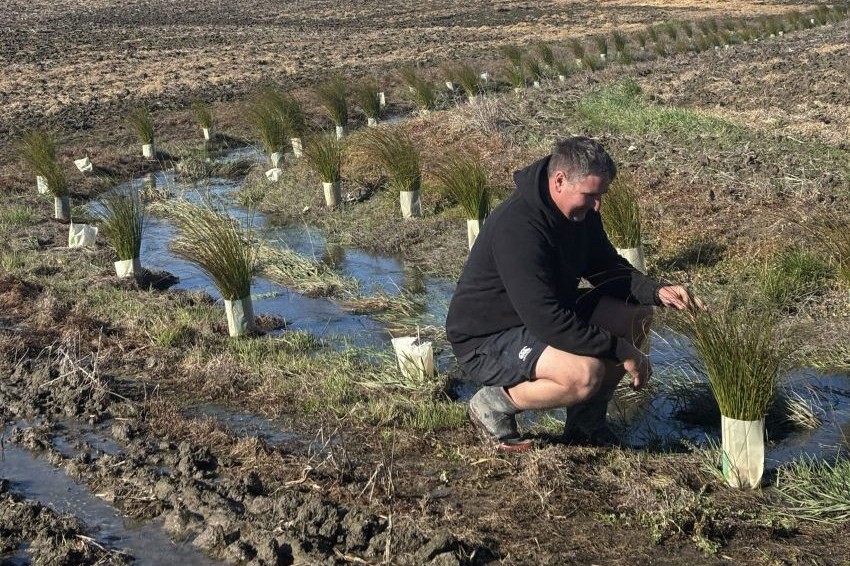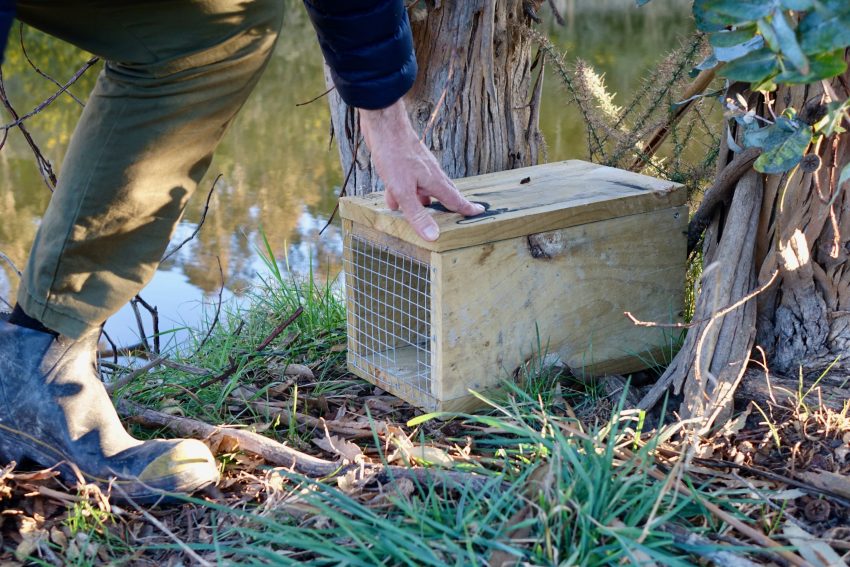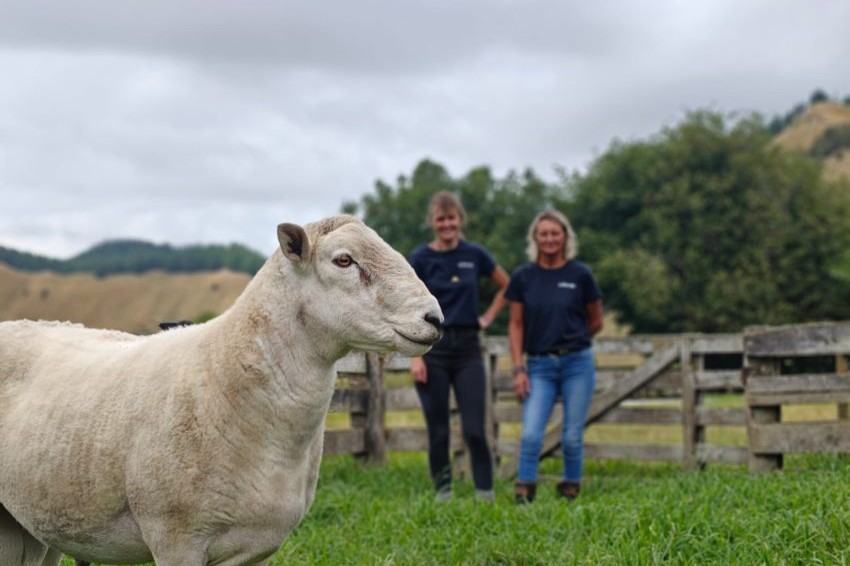At this time of year tree planting is being planned, for shelter belts on farms as well as woodlots. Driving north from Oamaru around the Canterbury Plains, I have been impressed with the amount of trees cleared from farms in the past few years. Some of that has been woodlots but the bulk has been shelter belts planted over many years. This has often been driven by the instalment of spray irrigation systems to replace border-dyking and to extend irrigated area. I say impressed because this has involved huge man and machinery input, working steadily away at clearing the landscape, beaverish in scale.
I don’t profess to be a tree hugger but we have planted a lot of trees on our farm over the past 30 years, for the following reasons:
Wind shelter – trees slow evaporation for a distance of up to 20 times the tree height on the leeward side of the trees. Lower evaporation promotes pasture growth, to the extent that I have measured more than double pasture yields in the shelter zone as against beyond the shelter zone of windbreaks. Irrigation is more effective in shelter than when the nor’west is rolling down the plains.
Stock shelter – there are five basic requirements that should be provided to livestock, one being the provision of shelter matching the requirements of the animals we tend. While cattle have a lower critical temperature of around minus 15deg that relates to cattle with a winter coat and a full stomach to generate heat, so providing some windbreak allows for happy cows that put energy into production rather than staying warm. Cattle prefer to sit in shelter from the wind when possible, and calf rearing is far easier in the shelter of a tree stand than in open paddocks. Shelter belts save many new born lambs if they are well sited and provide sufficient coverage.
Stock shade – cattle have an upper critical temperature of about 25deg, so if the temperature goes over that they will seek shade to cool themselves. On a hot day sheep and cattle will sit in the shade whenever possible.
Landscape and aesthetic value – just like animals, people like to sit in the shade, to be out of the wind, and to see trees in their landscape.
Birds and bees – planting a variety of species give greater biodiversity on any farm, which helps us all. It is a pleasure to see tui and kereru outside their normal forest environment. And bees benefit us and them in pollination.
Privacy – as I drive along SH1 I think that farms might be the only workplace open to public viewing in this country. It may be nice for the public to see some animals and crops, but that is not all they see as they speed by at 100km/hour, so their attitudes to agriculture are formed by what they observe. Agriculture might have a better image if the public could not view everything inside our boundaries.
Biosecurity – having a double fence and a shelter belt around farm boundaries is sensible biosecurity, if it keeps stock from moving between properties. We initially did this to keep sheep lice coming from a neighbour, and then to keep bulls from getting with our heifers. In the time of having M bovis the double fenced shelter belts were a real asset in dealing with the disease both within our farm and with neighbours. I recall visiting a farm in North Canterbury, of about 2000ha, that had double fenced the entire boundary to stop footrot from neighbour’s sheep. That farmer may have been an extremist but he certainly had animal welfare and economic benefit in mind to invest to that level.
Riparian protection – fencing off waterways has been to the fore in recent years, but it has always been good management to protect water as well as stock. Keeping water sources clean is good for farmer’s own stock as well as the rest of the country. Fencing off dams and siphoning water into troughs can provide clean water all year, and is better than providing poor quality water as dams empty in a hot summer. Pulling bogged cattle out of dams is not good for man or beast.

Timber and firewood – much of the tree felling I referred to above has given timber for milling or firewood to the farmers involved. While the quality of the timber is variable it has still covered costs or more of the clearing process. The initial investment was made many years ago so it might be good karma to provide the same investment for future generations.
Carbon credits – legislation infers that 10,000 trees grown in a rectangular block sequester carbon while 10,000 trees grown in a single row do not, but at some stage the measuring systems and legislation must agree that a tree is able to lock in carbon equally well in both situations.
Asset value – a very astute farmer told me about 40 years ago that planting trees increased land value, whether they be shelter belts or woodlots. He observed that prospective buyers would pay more for farms with trees, because those farms gave a better first impression and appearance of being loved than the bare ones. I have seen this to be true, even if the buyers then cut all the trees down and do not replace them.
Over the past 30 years we have planted at least one row or group of trees every year on our farm. The cost has been spread over the years and the benefit compounds in all the above areas. Planting trees is probably the easy part because by far the major costs are in fencing, seedlings and getting them to survive. We have done all the steps ourselves including growing trees from seed or cuttings. And we have planted a variety of trees and shrubs which gets more exciting as primary shelter grows and allows diversification into fruit and flowering species to thrive in their shelter. There are many affordable ways to the process but every journey starts with one step.
• Kerry Dwyer is a North Otago farmer and farm consultant.





